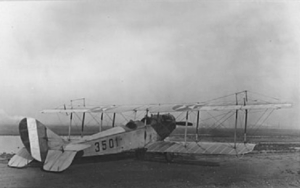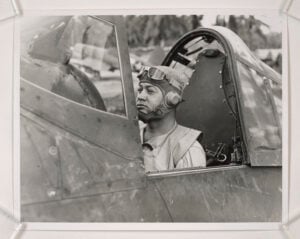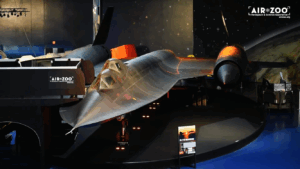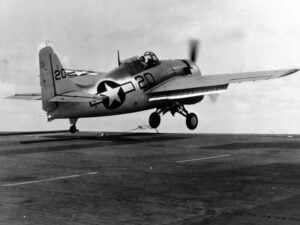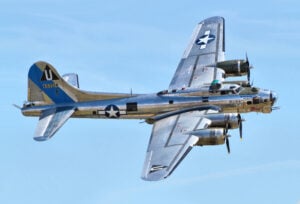Who Knew WWII Aircraft Carriers Could Do THIS
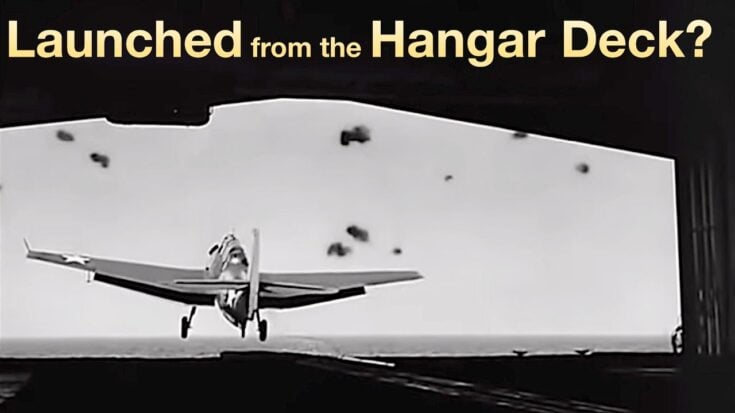
YouTube / History X
In the middle of a furious World War II sea battle, aircraft carriers often faced a critical problem—what if the flight deck was blocked by damaged planes or recovery operations, and scout aircraft still needed to launch? The solution was one of the strangest and least-known inventions of the war: the hangar catapult.
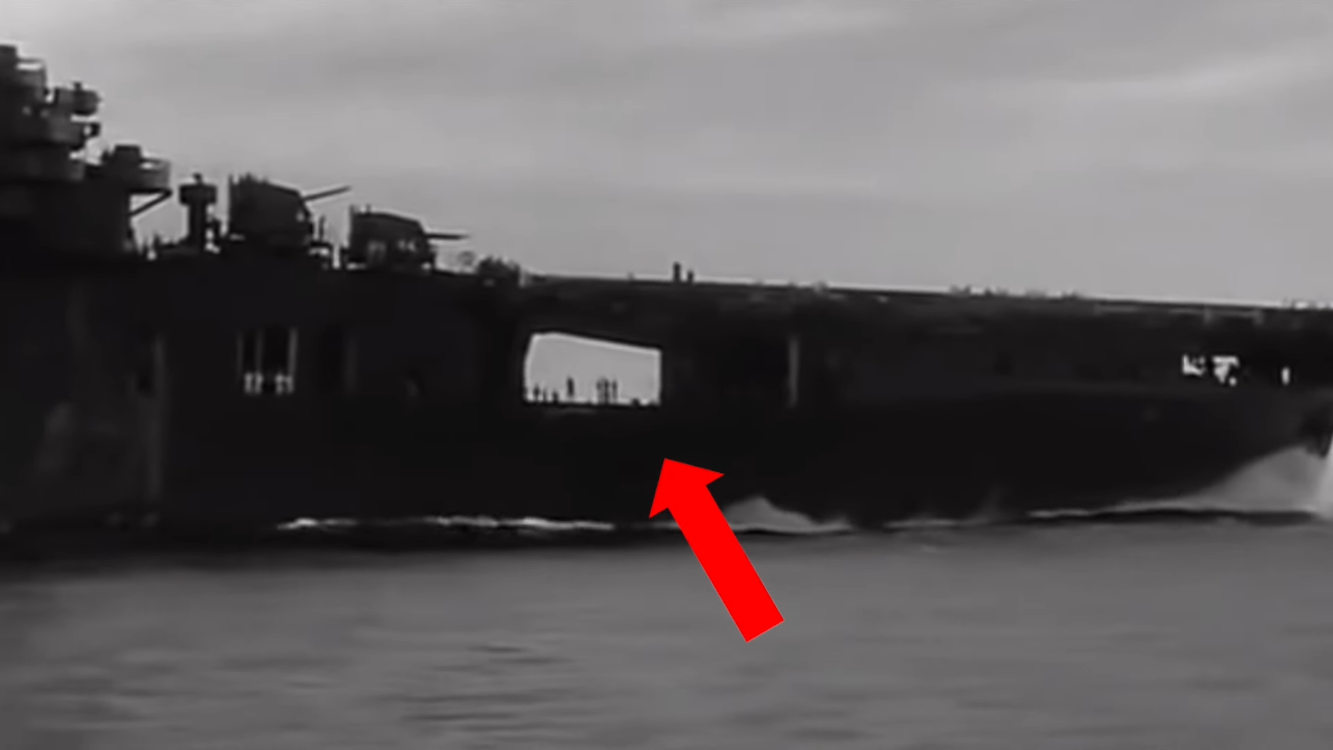
Launching Planes from the Hangar
Before the introduction of angled decks, WWII carriers used a straight, flat deck for both takeoffs and landings. That made things chaotic when crashes or recoveries fouled the deck. So, American engineers came up with an ingenious workaround—launch aircraft directly from the hangar below.
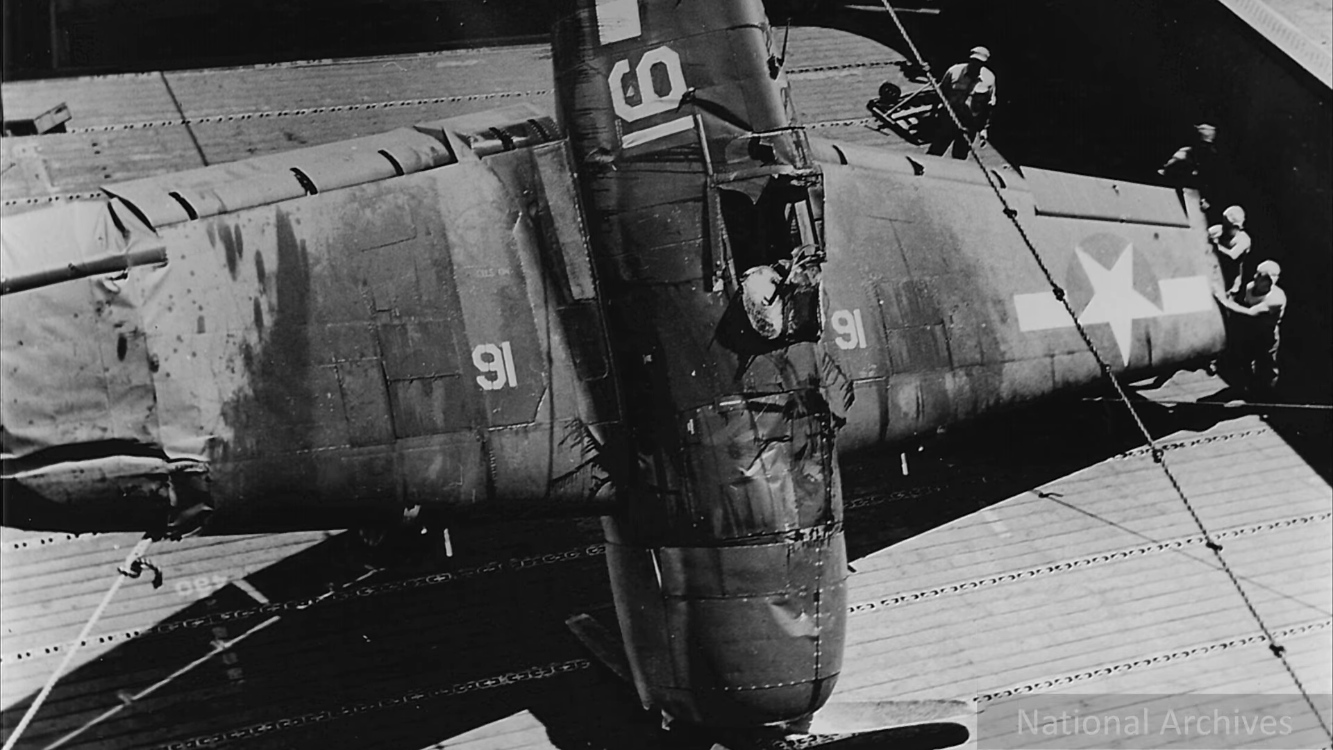
Early Essex-class carriers were fitted with a transverse catapult running across the hangar bay, with massive doors opening to either side of the ship. Planes could be rolled into position, connected to the catapult, and fired out through these side openings. When activated, sponson platforms extended from the hull to give the aircraft room to clear the ship’s structure.
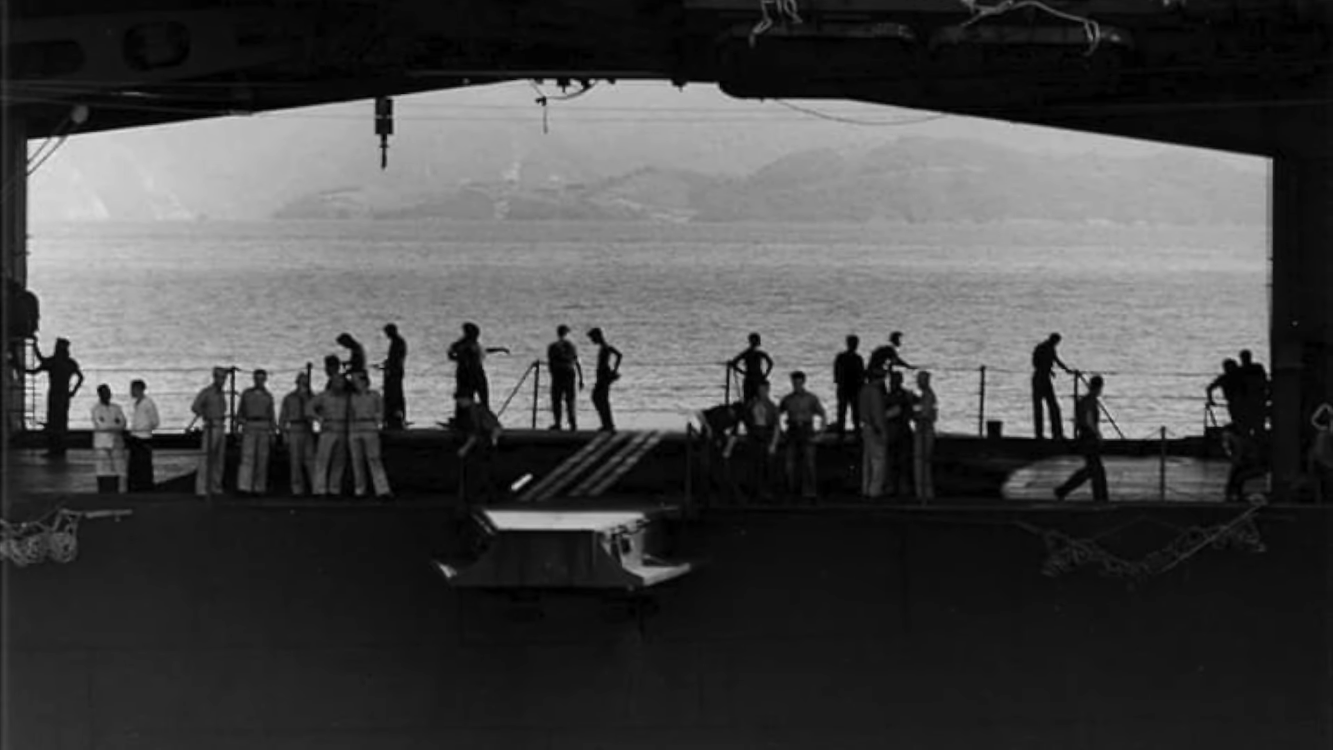
It wasn’t an easy ride. These hangar catapults had a shorter stroke than the flight deck versions, and pilots had no headwind to help with lift. Combined with crosswinds from the carrier’s forward motion, getting airborne was a wild and dangerous experience.
A Clever Idea That Didn’t Last
The hangar catapult system was installed on six Essex-class carriers—Yorktown, Intrepid, Hornet, Franklin, Bunker Hill, and Wasp. But it proved to be more trouble than it was worth. The hangar had to be completely cleared before launching, slowing operations, and the growing use of radar soon made scout aircraft less vital for early detection.
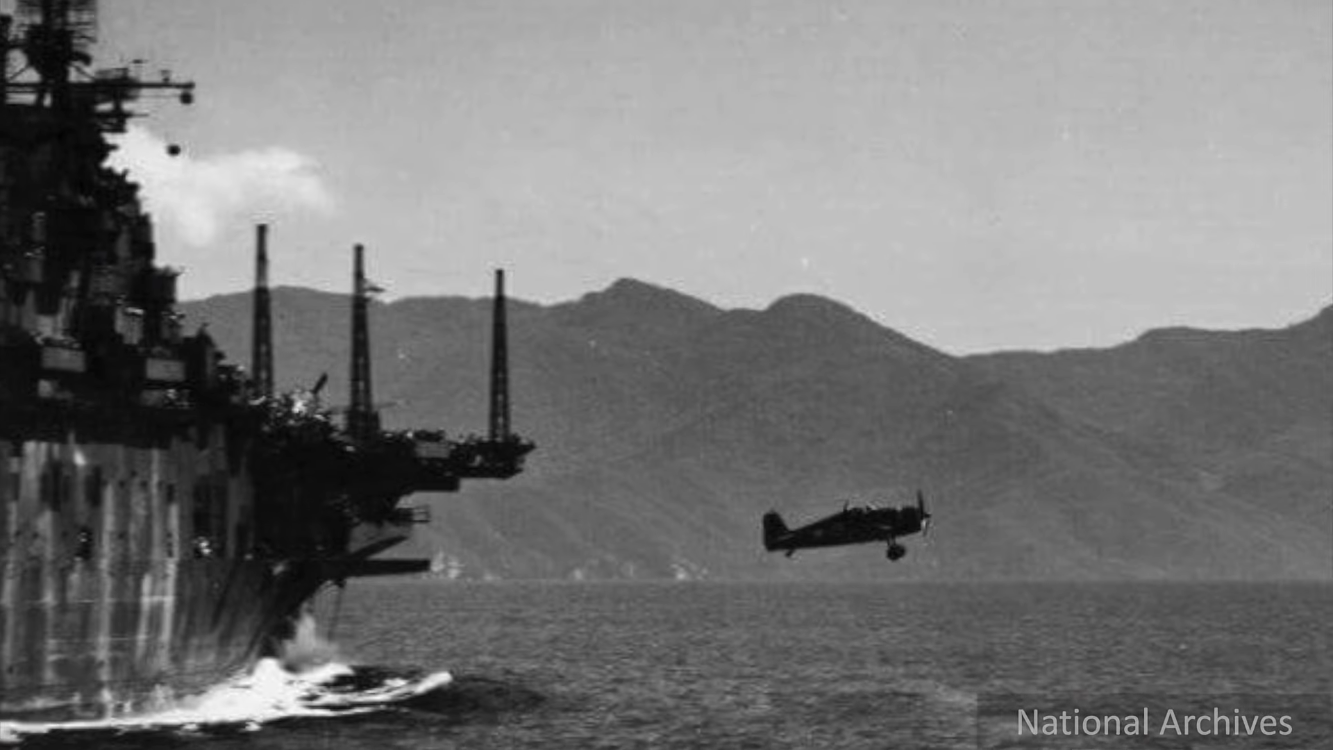
By 1944, most carriers had their hangar catapults removed in favor of two flight deck catapults. Only the USS Hornet (CV-12) retained hers until the end of the war.
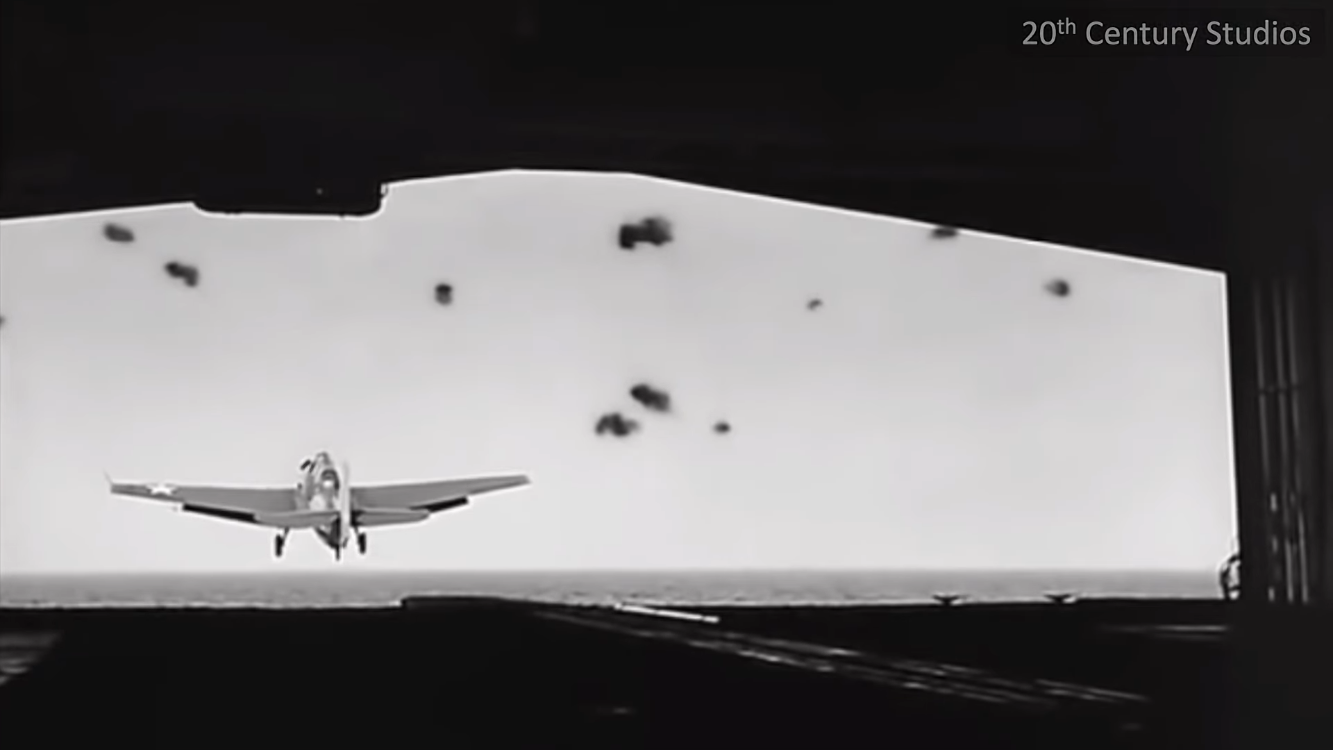
The hangar catapult may have been short-lived, but it stands as a remarkable example of WWII naval innovation—proof that even in the chaos of war, engineers were constantly finding new ways to make the impossible work.














